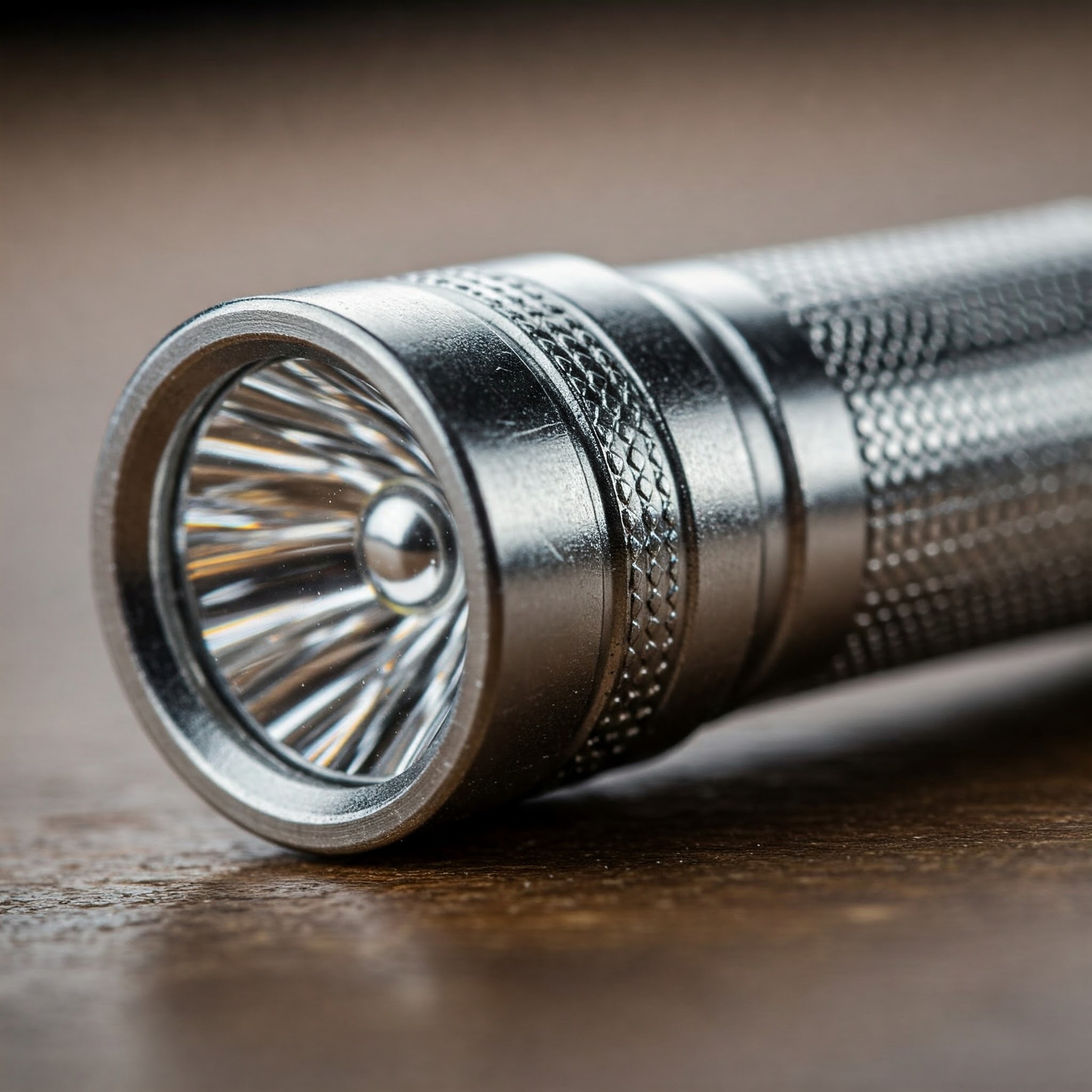Best Rechargeable Flashlights vs. Disposable Battery Flashlights: Pros & Cons
Posted by Raymond on 15th Apr 2025
Best Rechargeable Flashlights vs. Disposable Battery Flashlights: Pros & Cons
Choosing between rechargeable flashlights and disposable battery flashlights is a key decision for outdoor enthusiasts, emergency preppers, and everyday users. Each type has its own strengths and weaknesses, and understanding them can help you pick the right light source for your needs.
In this article, we’ll explore the pros and cons of both flashlight types, compare cost over time, and guide you toward the best decision.
What Are Rechargeable Flashlights?
Rechargeable flashlights use built-in lithium-ion batteries that can be charged via USB (typically USB-C or Micro USB), magnetic charging, or docking stations. These flashlights are increasingly popular due to their convenience and eco-friendliness.
What Are Disposable Battery Flashlights?
These flashlights rely on replaceable AA, AAA, or CR123A batteries. They’re often found in emergency kits, cars, or homes as a backup lighting solution due to their accessibility and simplicity.
⚖️ Side-by-Side Comparison
| Feature | Rechargeable Flashlights | Disposable Battery Flashlights |
|---|---|---|
| Power Source | Built-in lithium-ion battery | Replaceable AA, AAA, or specialty cells |
| Cost Over Time | Lower (recharged hundreds of times) | Higher (ongoing battery replacement) |
| Environmental Impact | Eco-friendly, fewer waste materials | Contributes to battery waste |
| Brightness & Output | Typically higher output (1000+ lumens) | Often lower or limited by battery type |
| Runtime per Charge/Set | Varies; usually longer in high-end models | Shorter, especially with high output |
| Charging Convenience | USB charging, often portable-friendly | Requires spare batteries on hand |
| Shelf Life | Lower; self-discharge over time | Longer shelf life for emergencies |
| Ideal Use | Daily use, tactical, outdoor, professional | Emergency kits, remote storage, backups |
Pros & Cons Breakdown
Rechargeable Flashlights
Pros:
-
Cost-effective over time
-
Environmentally sustainable
-
Often feature-rich (USB-C charging, memory modes, etc.)
-
High brightness and modern design
Cons:
-
Needs charging infrastructure
-
May lose power when not regularly charged
-
Initial cost can be higher
Disposable Battery Flashlights
Pros:
-
Long shelf life—great for emergencies
-
Can be stored without power drain
-
Batteries are widely available
Cons:
-
Expensive over time
-
Less eco-friendly
-
Inconsistent brightness as batteries drain
Cost Analysis Example
| Flashlight Type | Initial Cost | Estimated Annual Battery Cost | 3-Year Total Cost |
|---|---|---|---|
| Rechargeable (USB-C) | $60 | $0 | $60 |
| Disposable Battery Model | $30 | $20 x 3 = $60 | $90 |
You can see that rechargeable models are often more cost-effective in the long run.
Further Reading and References
-
Battery University: Rechargeable vs. Non-Rechargeable Batteries
-
TANK007 Flashlight Collection – Affordable, high-performance rechargeable flashlights
Recommended Usage Scenarios
| Use Case | Recommended Type | Reason |
|---|---|---|
| Daily EDC | Rechargeable Flashlight | Convenience, lower cost over time |
| Emergency Backup | Disposable Battery Flashlight | Long shelf life, no need to maintain charge |
| Camping & Hiking | Rechargeable (with power bank) | Recharge via solar or power bank in the wild |
| Professional Use | Rechargeable Flashlight | Higher output, durability, and mode flexibility |
Final Verdict
If you’re looking for performance, savings, and environmental impact, rechargeable flashlights are the superior long-term investment. However, disposable battery flashlights still have their place—especially for emergency kits where long shelf life is critical.
For high-quality rechargeable models, consider visiting TANK007Store.com, a trusted supplier known for reliable and compact LED flashlights.

